Tattoo artist Nako works in Beijing, China, in her own studio, Ink Tattoo Studio. In her tattoo work, she blends characters and symbols from Chinese culture with decorative patterns inspired by traditional painting, ceramics, and textiles. Her portfolio is a unique fusion of ancient art and each client’s personal story. Get to know Nako and her stunning tattoos in our interview.

— Hi Nako! Tell us a little about yourself. Where are you from?
— I was born in Guangdong, China, but I’ve been living and working in Beijing for years now. I’m a tattoo artist specializing in traditional Chinese motifs—think dragons, classical patterns, and calligraphy—blended with a modern edge. In 2024, I founded my own studio, “Ink Tattoo Studio” in Beijing, where I focus on creating deeply personal, culturally rich designs.
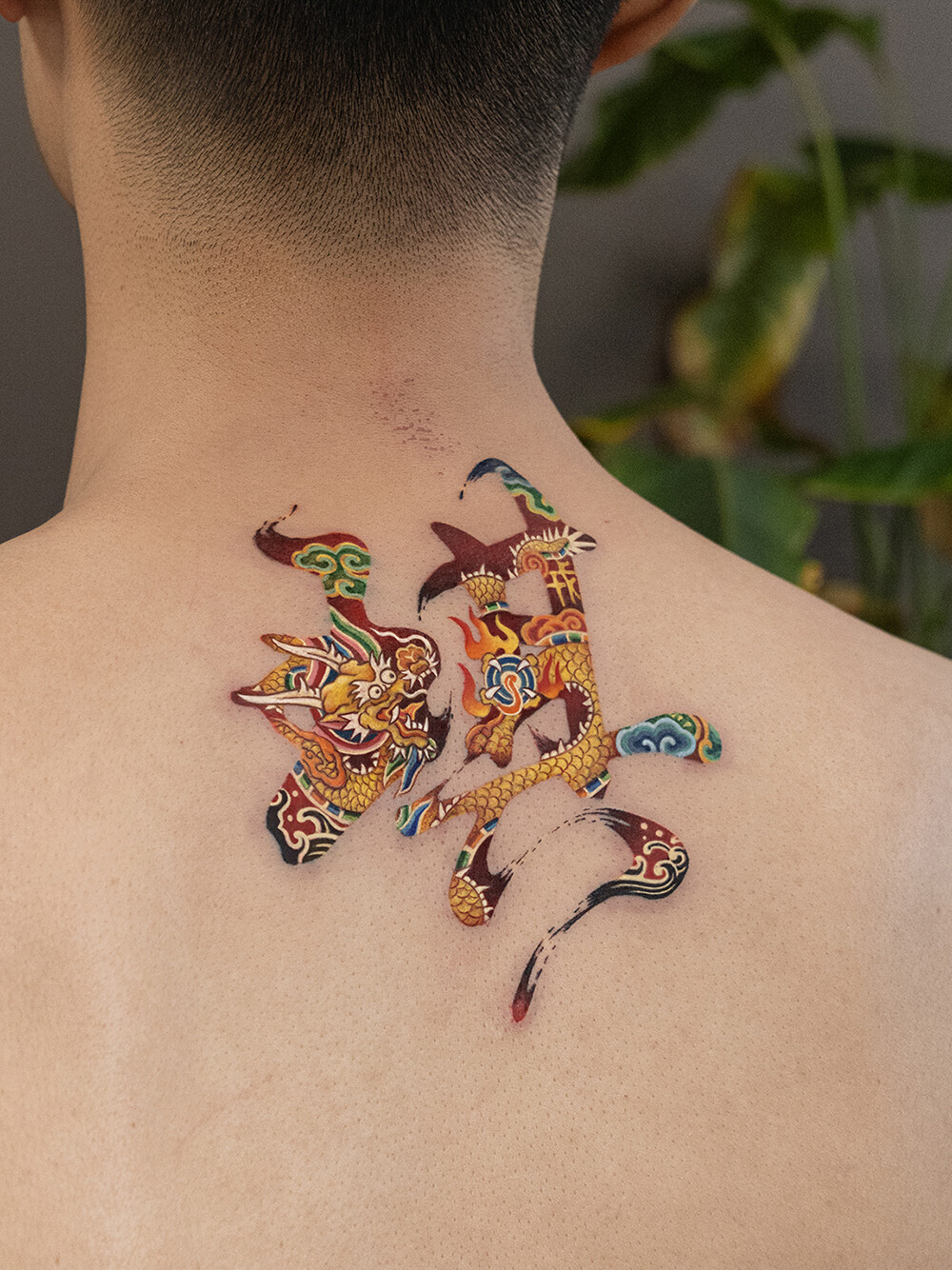
— How did your tattoo journey begin? Who had the biggest influence on you in the early days?
— My journey started unconventionally. Early on, I picked up basic techniques from veteran tattooists but never had a formal mentor. Most of my skills were self-taught. The real turning point came when I began studying ancient Chinese art—murals, textiles, ceramics—and felt this visceral connection. It was like an awakening. From there, I developed my style independently.
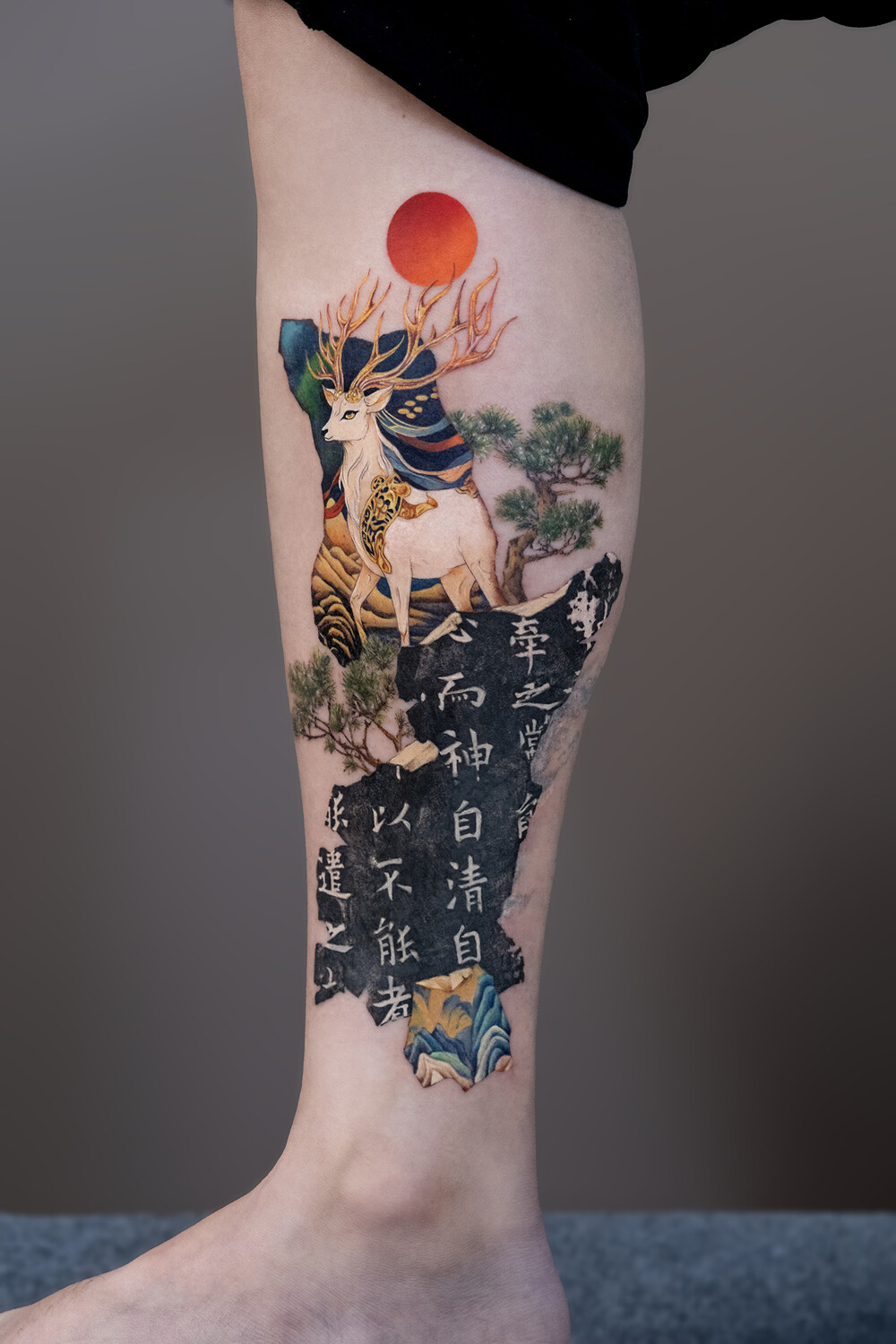
— Your tattoos immediately catch the eye — they’re filled with traditional Chinese symbols and patterns. How did you develop this unique style?
— It’s all about the soul of Chinese heritage. I immersed myself in historical artifacts: temple murals, Ming Dynasty vases, even embroidered robes. The more I studied, the more I wanted to translate that grandeur into skin art. My style evolved organically—balancing tradition with the individuality of each client.

— Are there any specific symbols or elements you use most often — and why?
— Dragons and Chinese characters are recurring themes. Dragons symbolize power and transformation, while calligraphy adds narrative depth. I also weave in motifs like clouds or waves—they’re timeless and fluid, mirroring life’s complexities. Every element must carry meaning for the wearer.

— How important is cultural context in your tattoo work? Do you feel a sense of mission in preserving and showcasing Chinese aesthetics?
— Absolutely critical. My work isn’t just decoration; it’s a dialogue with history. Many clients crave a connection to their roots or are drawn to the philosophy behind the imagery. I see myself as a bridge—making these ancient symbols resonate in a contemporary way, without diluting their essence.
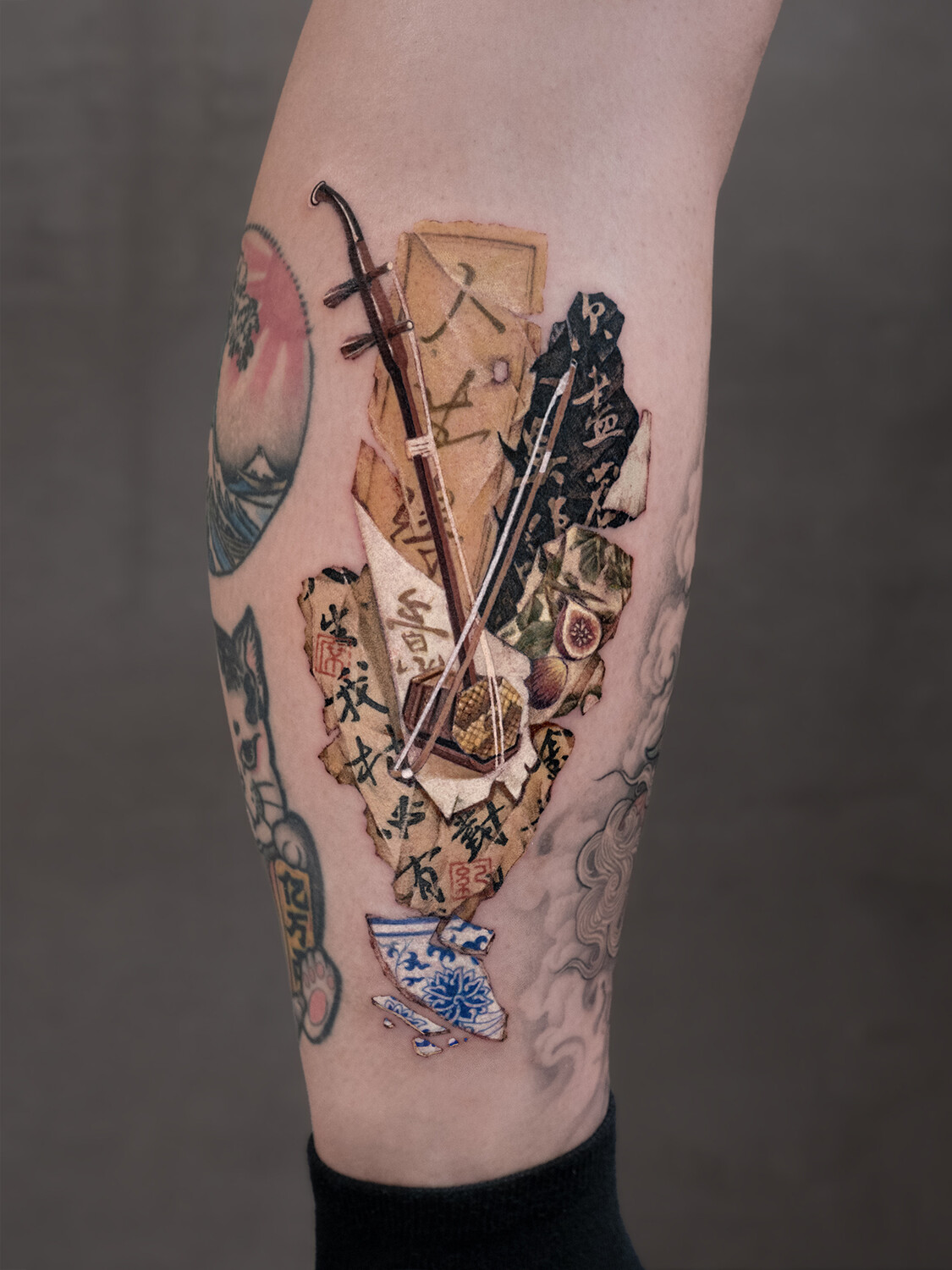
— Where do you draw inspiration from?
— Ancient art is my primary muse: Dunhuang cave paintings, imperial ceramics, even folkloric tales. But everyday life in China—street calligraphers, temple visits—fuels me too. It’s about capturing that energy in every design.
— What is your sketching process like? Do you work by hand or digitally?
— I start with rough hand sketches to brainstorm, then refine everything digitally on my iPad. It lets me experiment freely and share drafts with clients instantly. The final design always retains that hand-drawn vitality, though.
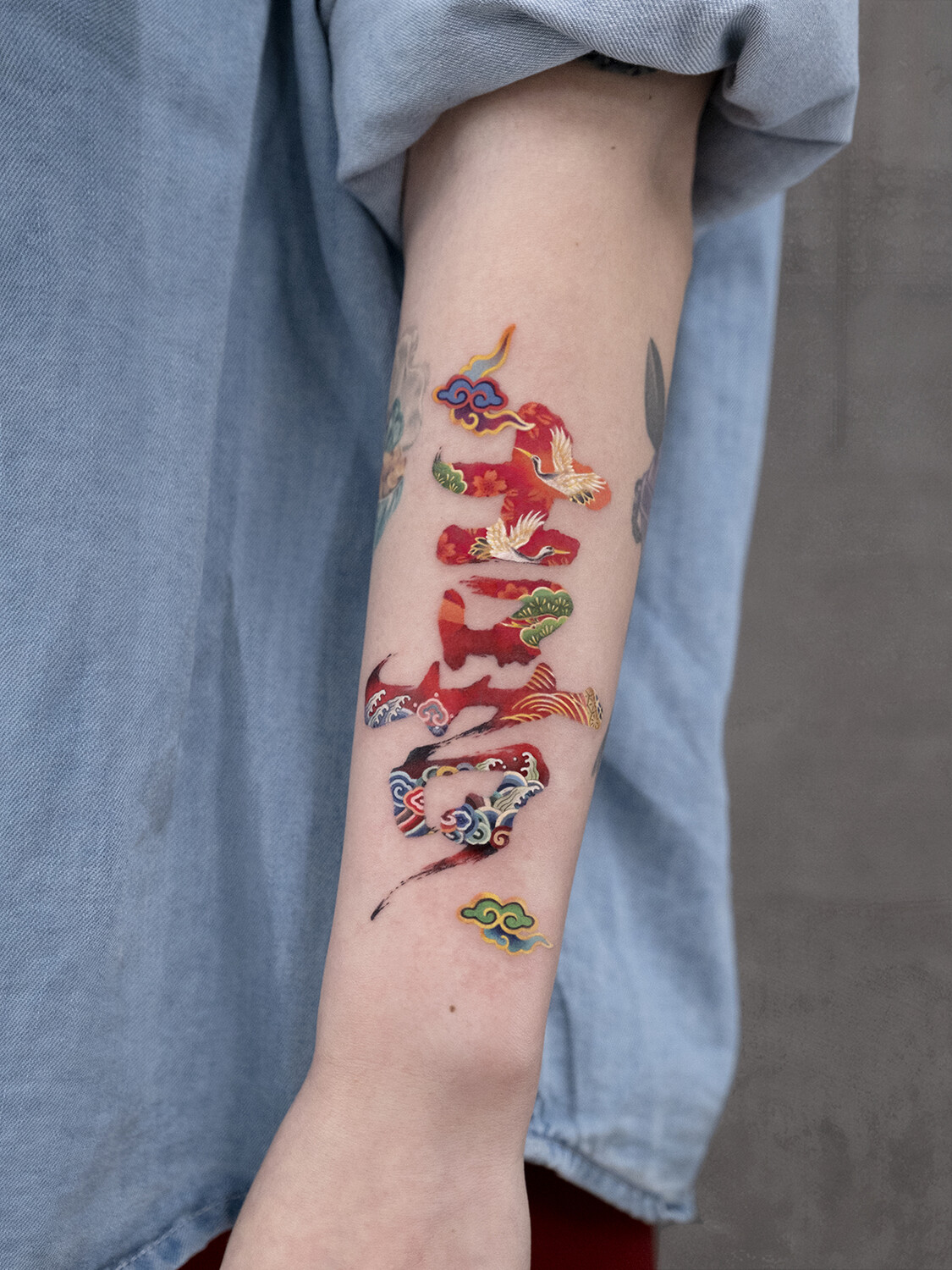
— How do you organize your workspace? Is there anything essential you always need around to work?
— Cleanliness and minimalism.
— How can someone book a tattoo appointment with you? Is there usually a waitlist? How far in advance should they reach out?
— Bookings open via my WeChat (Chentattooink) or Gmail (yuechen.d2020@gmail.com). Due to demand, I require at least 4–6 months’ notice. First-timers should come prepared—I’ll ask for detailed ideas to craft something truly unique.
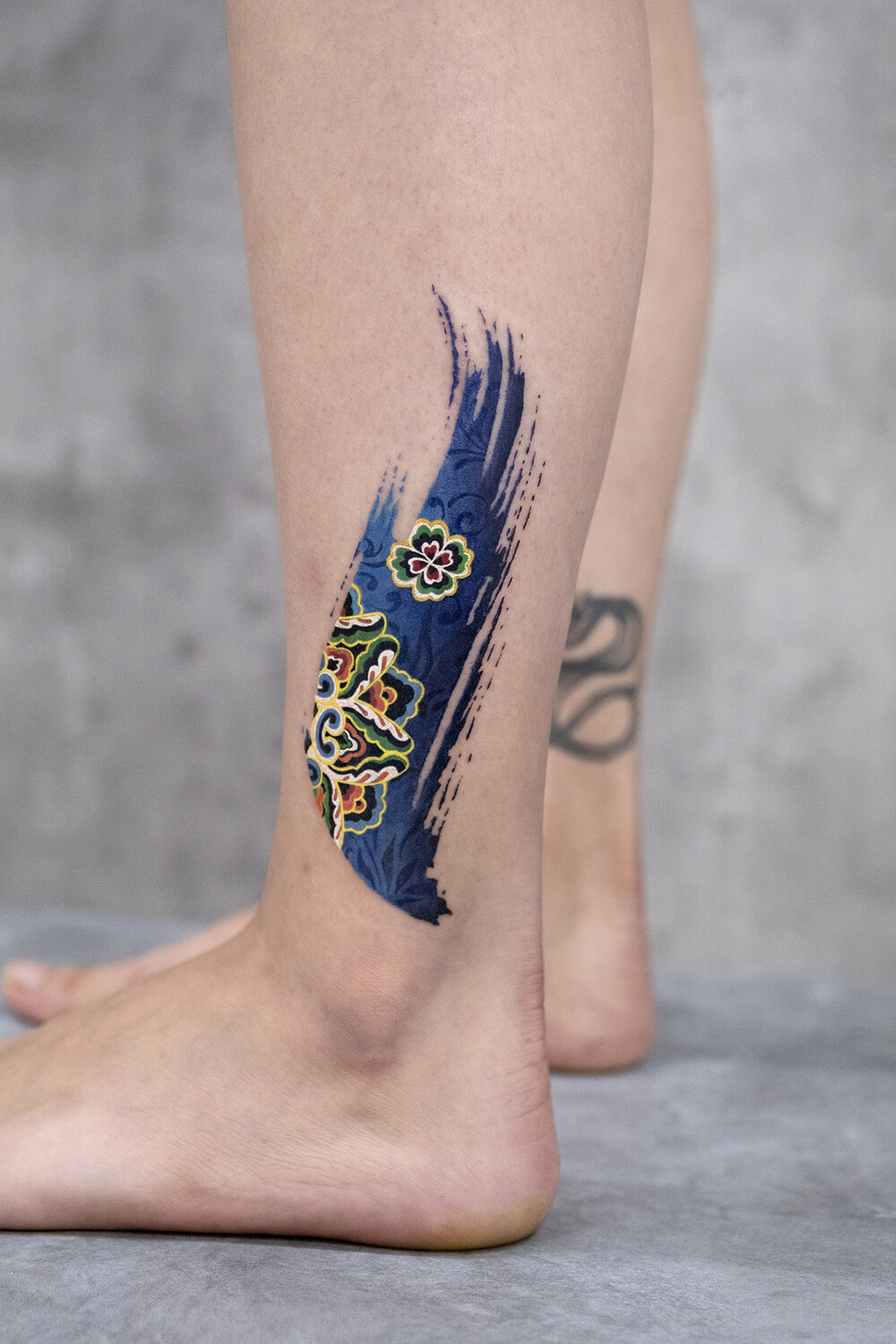
— What advice do you usually give to clients before their first session?
— "Know what you want, but stay open to artistic interpretation." Bring references, think about symbolism, and trust the process. This isn’t just ink—it’s a story we’re telling together.
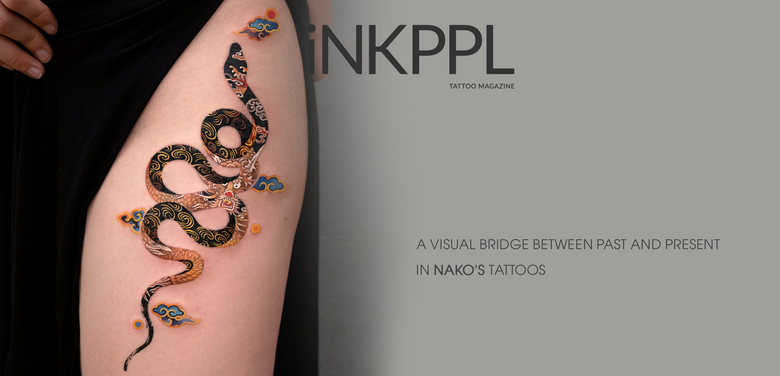

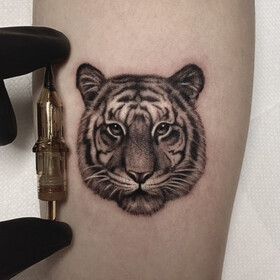
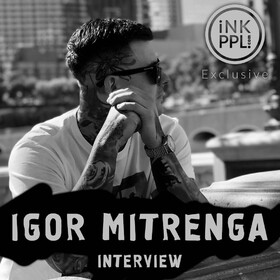
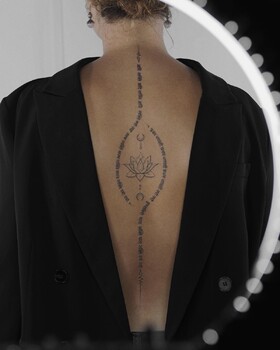
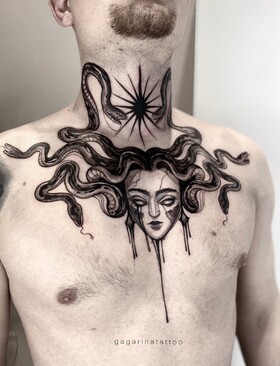
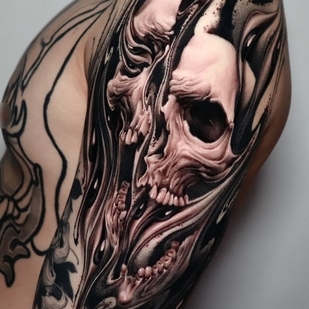
Comments (0)